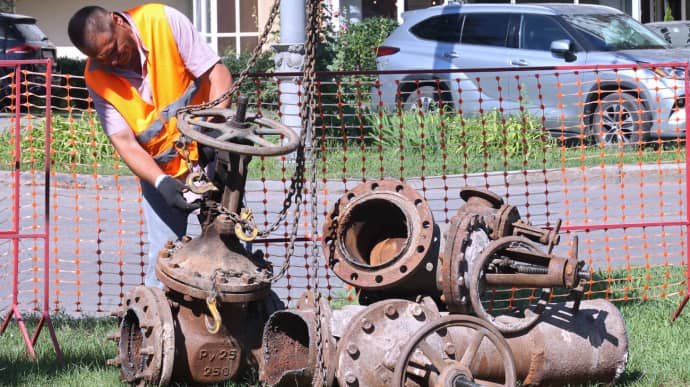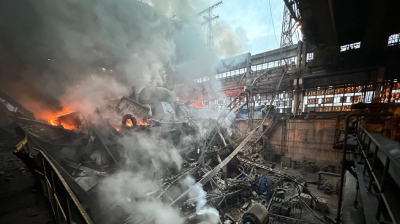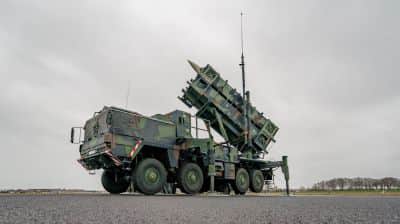One-third of Russia's heating networks in critical state, with worst in occupied Sevastopol

The condition of the heating networks in Russia has deteriorated to critical levels, and the collapse of its housing and utilities infrastructure has affected the occupied territories of Ukraine as well.
Source: Russian media outlets with reference to Federal State Statistics Service (Rosstat) data
Details: According to Russian media outlet RTVI, this data is for 2022. As yet there is no information for 2023, when a collapse of the housing and utilities system resulted in heating, water and electricity outages engulfing half of Russia's regions.
Even in 2022, however, the situation in occupied Sevastopol was the most difficult. After 10 years of occupation, the deterioration of the heating networks there exceeded 92%.
In terms of Russia’s regions, more than 50% of the heating and steam networks in North Ossetia, Kabardino-Balkaria, and Lipetsk, Tomsk and Sverdlovsk oblasts need to be replaced. In Moscow Oblast, where residents were left without heating amid temperatures of 30 degrees below zero, the deterioration of the heating networks is slightly lower than the Russian average (29%).
The highest number of accidents at heating networks and heating supply sources in 2022 occurred in Nizhny Novgorod Oblast (538), followed by Moscow (384), Kirov (372), Sverdlovsk (355) and Irkutsk (224) oblasts.
There was also a significant increase in the number of accidents in some regions between 2018 and 2022.
The worst affected were Nizhny Novgorod (+372), Kirov (+332) and Sverdlovsk (+133) oblasts, Kabardino-Balkaria (+98), and the Republic of Karelia (+86). The anti-top ten continues with Moscow Oblast, where there were 85 more accidents in 2022 than in 2018, Perm Krai (+84), Novosibirsk Oblast (+58), the Republic of Sakha (+46) and the Republic of Dagestan (+31).
Background:
Looking beyond the heating supply, the deterioration of utility infrastructure networks, including heating, water supply and sewerage, had exceeded 70% by mid-2022 according to the Russian authorities’ own data.
In 2023, according to Russian media estimates, the collapse of the housing and utilities system covered half of Russia's regions.
Yet despite critical wear and tear and a string of accidents, the Russian authorities are planning drastic reductions in spending on housing and utility infrastructure.
According to the Russian budget for 2024-2026, funding from the federal treasury for the housing and utilities sector will be cut by more than half.
The budget law contains harsh cuts in housing and utilities spending from 2025, when it is set to be reduced by 43% to RUB 506 billion (about US$5.7 billion). In 2026, it will be reduced by a further 25% to RUB 381 billion (US$4.3 billion). Thus, over three years, the housing and utilities budget funded by the federal treasury will shrink by 2.3 times to a six-year low.
Support UP or become our patron!







